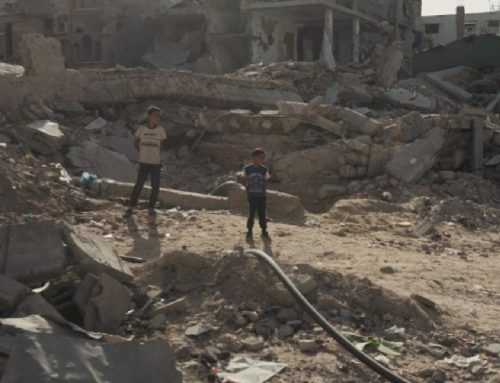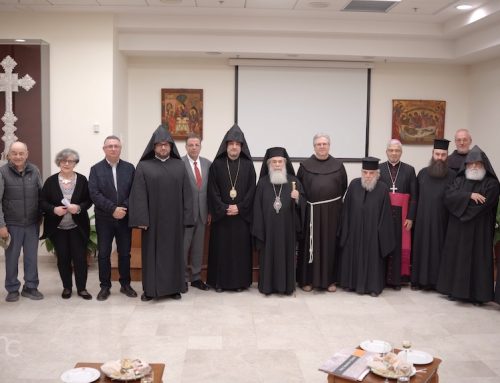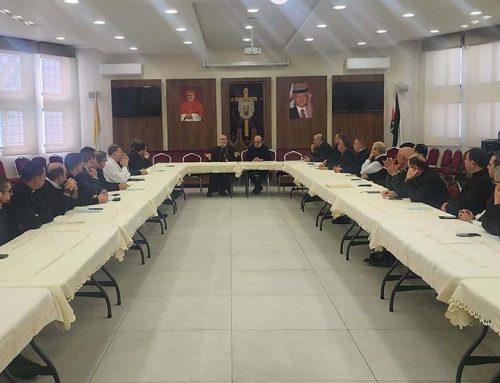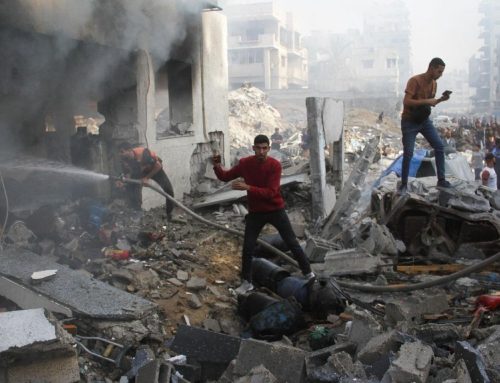The Jordan River, which means“flowing further and further down” is a fairly large waterway that runs through the entire Holy Land (330 km), from Mount Ermon to the Dead Sea. Its importance is not so much due to its size or economic relevance as to the symbolic value it acquires as a result of the biblical events that have occurred along its banks, since ancient times.
The river formed the natural eastern boundary of the regions of Galilee and Judea. From the Ermon in fact, the Jordan descends into Galilee 212 meters below sea level going to feed the lake of Genezareth,or the lake of Tiberias,then descends again into the desert of Judah and enters the Dead Sea (-426 m) where it ends its course. They are all place names mentioned in both theOld and New Testaments.
The Jordan in the Old Testament
“So when the people broke camp to cross the Jordan, the priests carrying the ark of the covenant went ahead of them. Now the Jordan is at flood stage all during harvest. Yet as soon as the priests who carried the ark reached the Jordan and their feet touched the water’s edge, 16 the water from upstream stopped flowing. It piled up in a heap a great distance away, at a town called Adam in the vicinity of Zarethan, while the water flowing down to the Sea of the Arabah (that is, the Dead Sea) was completely cut off. So the people crossed over opposite Jericho.” (Jos 3:14-16)
The entry of the Israelites – led by Joshua – into the Promised Landtakes place through the Jordan. This passage indicates the beginning of a new life for the chosen people in the land that God has destined for them. The river therefore already assumes on this occasion an important symbolic character of passage from an existence of suffering, to true life with God. Later it will also acquire a meaning of purification, which will return in various episodes of the Old and then also in the New Testament. In addition, there are numerous references to the river also in the Psalms.
The Jordan in the New Testament
The same meanings return in the New Testament where the Jordan takes on even more symbolic importance with the Baptism of Jesus. John the Baptist,the Gospelssay, lived in the desert (the desert of Judah) and baptized with water. And there were many who went to listen to his words, to confess and to be baptized with water. Jesus, however, will introduce a novelty, as John the Baptist himself announces, in the Gospel of Matthew: “I baptize you in the water for conversion; but he who comes after me is stronger than me, and I am not worthy to wear sandals to him; he will baptize you in the Holy Spirit and fire.” (Mt 3:11). After his baptism Jesus will then retire in fasting for forty days in the desert, above Jericho.
The place of the baptism of Jesus and Jericho
Against the background of these events, the place of Jesus’ Baptism was identified by tradition in the desert of Judah.
In the area of Qasr Al-Yahud on the banks of the Jordan River, you can see the Church of St. John the Baptist who recently (October 2020) she has returned to the Custody of the Holy Land. In the past the monastery was closed during the 1967 war, when the entire area became a minefield and was transformed into a fenced military zone. The demining work by the British organization HALO, has allowed the eight churches located in the area of the Baptism of Jesus to resume their respective properties.
The place is not far from Jericho. In this way the passage of the Jews in the Promised Land that took place, as we have seen, “in front of Jericho” (Jos 3:16) and the baptism of Jesus, would coincide. Both events symbolically indicate a transition to a new life with God, which physically takes place through the passage through the Jordan.
Also for this reason the Franciscans of the Custody of the Holy Land every year, on the day on which the baptism of Jesus is remembered, carry out a procession to the Jordan that ends in Jericho, where one of the many Franciscan shrines are located. In addition to jesus’ fasting before beginning his earthly mission, in fact, Jericho also remembers christ’s encounter with Zacchaeus or the healing of the blind man.
The activity of The Association pro Terra Sancta
In Jericho the Franciscans carry out various social and educational activities. The Christian community that lives in the city. it is the smallest of the Palestinian Territories, among the narrowest in the Middle East. Christian families in this city face a particularly difficult situation due to the high rate of unemployment and the lack of basic public services. The Association pro Terra Sancta supports the Franciscans of the parish of the Good Shepherd of Jericho to cope with emergency situations, thus supporting the small community. Also here the Association collaborates closely with the Mosaic Centre,the Palestinian mosaic restoration centre that aims to train local young people in heritage awareness.
www.proterrasancta.org






